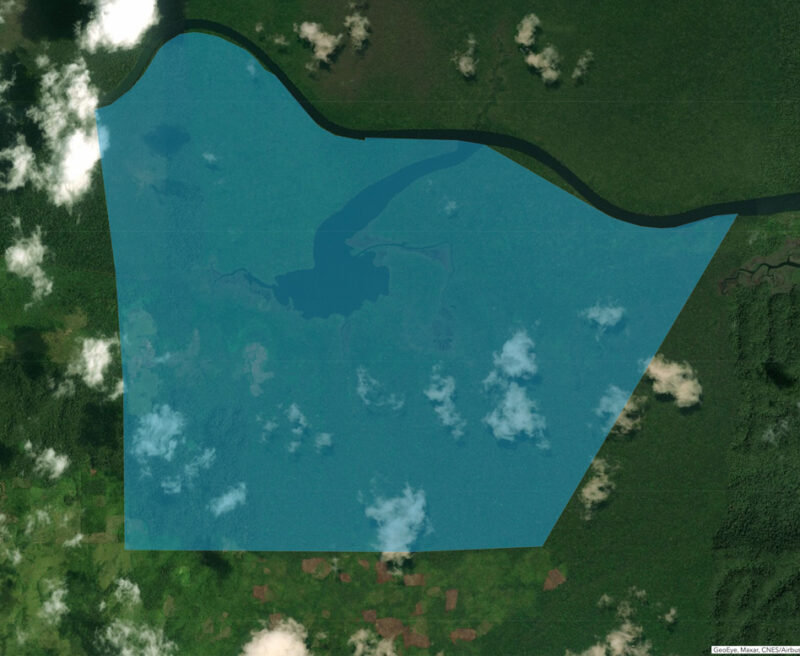Project Partner
Foundation for Ecodevelopment and Conservation (FUNDAECO)
Project Summary
Laguna Grande Sarstún Reserve is located within an area of tropical forest and wetland considered to be the single largest remnant of lowland and inundated tropical rainforest in Caribbean Guatemala. The reserve is just south of the border with Belize.
The property is located right at the centre of the largest contiguous riparian forest on the Guatemalan side of the Rio Sarstún, in an area that encompasses a unique system of lagoons, mangroves, inundated forests, lowland forests, and karstic mountain forests between sea level and 385 metres above sea level.
World Land Trust are currently supporting land purchase to extend Laguna Grande, providing greater protection for threatened habitats and the wildlife that live here.
Biome
Tropical and sub-tropical moist broadleaf forests
Ecoregion
Predominantly the Central American Atlantic Moist Forests but the project area also incorporates areas of mangrove (Gulf Caribbean)
Habitats
The reserve holds a mix of lowland forest, wetland, mangrove and lagoon areas. There are also small areas of cleared/degraded forest.
Method for Land Protection
Land Purchase
Biodiversity
The Mesoamerican Biological Corridor is vital for migratory birds making their biannual journey up and down coastal Central America, who depend on the corridor to sustain their migrations.
The project area contains an estimated 359 species of birds, 90 of which are Nearctic-Neotropical migrants and winter residents.
The area supports over 126 species of mammals, including 20 species endemic to Mesoamerican, along with larger and scare species including Jaguar, Baird’s Tapir, American (West Indian) Manatee, and Neotropical Otter.
The American Manatee is a confirmed resident of Laguna Grande Reserve, and the lagoon has been identified as one of the most important sites for this species’ conservation at the regional level.
Although no surveys for amphibians and reptiles have been undertaken in Laguna Grande Reserve, 35 amphibian species and 71 reptile species are expected according to records of lowland habitats found in the reserve.
Global Prioritization
The Guatemalan Caribbean coastline forms part of the Mesoamerican Biological Corridor and Mesoamerica Biodiversity Hotspot. Laguna Grande also lies within the Guatemalan Coastal Slope important bird area (IBA). Río Sarstún has been registered as a Bi-National Ramsar Site (wetlands) by Guatemala and Belize.

Main Threats to the Area
Deforestation and degradation are the main threats, with around 80% of the region’s lowland forests being deforested, due to population increase, cattle ranching, subsistence agriculture (slash and burn) and agro-industrial monocultures (Banana, Oil Palm and Rubber).

Local communities
The region´s indigenous population is the Maya Q´eqchí, which forms ~50% of Izabal´s total population.
The towns of Livingston and Puerto Barrios are also inhabited by Garífunas; an African-American culture that developed around the Gulf of Honduras. The Municipality of Livingston, where the project is located, is also one of the poorest regions in the country.
FUNDAECO has worked in the area for over 20 years and after the legal declaration of the protected area in 2005, FUNDAECO partnered with the local Indigenous association “Amantes de la Tierra”, for the management of the protected area. Since then, protection activities have been successfully implemented, and sustainable development activities have benefited 16 communities. FUNDAECO has also established two Women´s Clinics, which provide general health services, as well as sexual and reproductive services for women.


